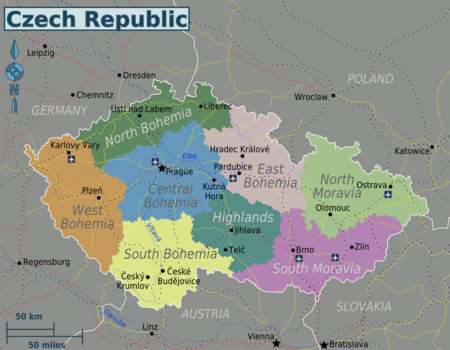Chernobyl impact study suggests Czech Republic was worse hit by nuclear disaster
The worst industrial accident the world has ever known – that is one description of the Chernobyl disaster of 1986. And it was with the looming 30th anniversary of the nuclear reactor explosion in the former Soviet Union in mind that a conference was called in Prague this week to examine the ongoing health risks from the incident.
The Nuclear Energy Conference was organized in Prague by Green and anti-nuclear groups to highlight the health legacy of the Chernobyl accident 30 years on and what organisers say are the often played down dangers in Western Europe of keeping aged nuclear reactors operating and building new ones.
As well as the upcoming April 26 anniversary of Chernobyl, the conference
was given extra relevance by last week’s decision of the Czech nuclear
safety watchdog to give an unlimited permit for the Czech Dukovany reactor
to continue operation. The 1986 reactor is the oldest in the country and
the decision sparked condemnation in next door Austria.
One of the main speakers at the conference was British radiologist Ian
Fairlie who has just completed Torch 2016, an update of a 2006 study
mapping the affects and likely health impact of the Chernobyl disaster. One
of the innovations has been charting levels of Iodine 131, a significant
cause of thyroid cancers, levels in Europe after the disaster. This is what
Dr. Fairlie had to say
“This is a world first for you people, nobody else knows this. These
maps are new, hardly anyone else knows about them. Caesium maps, they’re
old, iodine maps, they’re new.”
Data: 07.04.2016
Fonte: www.radio.cz




















Nessun commento:
Posta un commento